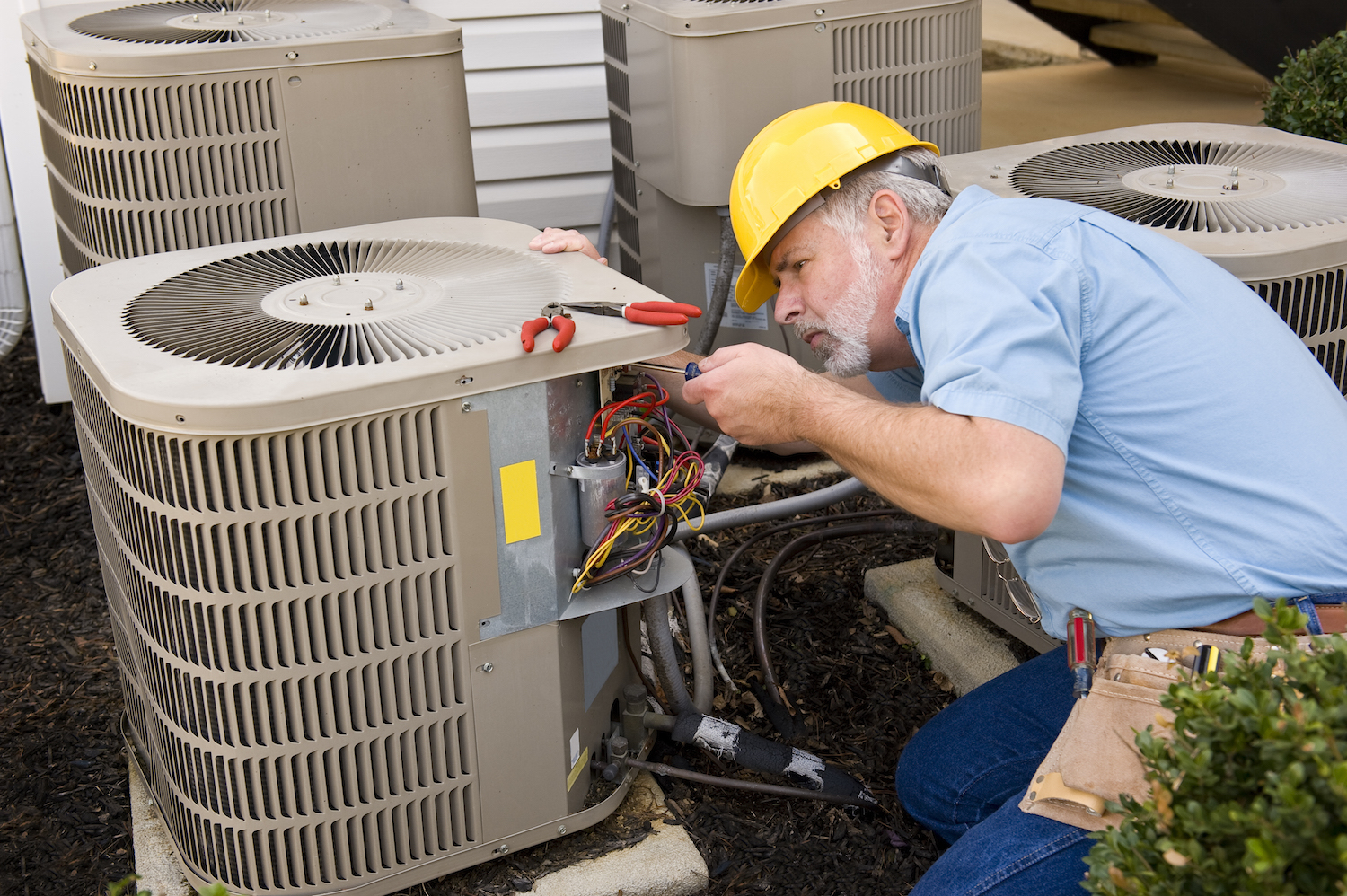
The typical energy savings found in industrial air conditioning systems include the following measures:
1. Fabric / minimising heat gain & loss measurements
These measurements seek to minimise the heat gains and losses in a space or building and reduce the basic need for heating and cooling. They can be simple or complex and range from:
- Air leakage improvements – sealing gaps around windows, doors, and roof/wall joints
- Solar control – fitting external blinds/shades to windows or solar film
- Control of high heat gain equipment in a space – time control on heat producing equipment in a space or moving out of a space
- Flexible working – less people in a space means less human heat generated
- Refurbish lighting – For example, LED lighting generates less heat gain than fluorescent systems
- Thermal insulation – Pipework in spaces, in roofs, walls, improved glazing
2. Standard operating procedure measures
A frequently missed opportunity is to develop a building user focused standard operating procedure that sets out how the building should be used. This can include operating modes and related plant operations for activities such as cleaning.
The standard operating procedure can also include set points, dead-bands, and ventilation rates for different activities e.g. cleaning hours ventilation rates versus fully occupied ventilation rates.
3. Control measures
These measures seek to best and most efficiently control the air conditioning systems using the control system. They can include:
- Replacing the entire control system – Old or inadequate control system replacement
- Re-commissioning the entire BMS control system
- Retaining the existing controls but new control software and full re-commissioning
- Includes an element of mixed mode operation and free cooling using natural or mechanical ventilation prior to full air conditioning is required
- Also includes isolating the humidifiers since, in the UK, humidity control is rarely needed
- Also includes introducing a form of zonal control
- Re-setting the control system
- Changing set points and control parameters such as time, temperature, humidity, summertime floating set points, optimum fresh air ventilation rates, and re-locating sensors to avoid false readings
- Also includes setting the control dead-band so that heating and cooling systems cannot fight (i.e. operate simultaneously)
4. Technology measures
These measures are capital expenditure projects that can range from a low cost to a high cost technology improvement. They can include measures such as:
- retrofitting of ventilation heat recovery devices (costing up to tens of thousands of pounds)
For example:
– plate heat exchanger
– thermal wheel
– mixing box
– run around coils
– variable speed drives controlling fan speed
– high efficiency motors
- full plant replacement (costing tens to hundreds of thousands of pounds)
For example:
– air handling
– chiller
– boiler replacement
5. Maintenance measures
These measures include:
- cleaning or replacing dirty air filters
- repairing/replacing faulty control sensors / actuators
- ensuring the free movement of mechanical control elements,
- replacement of thermal insulation removed by previous maintenance actions
If you would like to find out more about energy savings for business, please leave your details on our contact page or contact Paul Bennett on 07815 82 44 62 or via email: paul@bssec.co.uk






